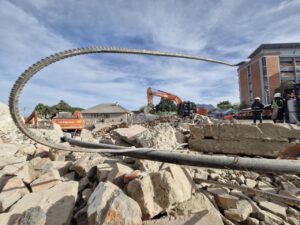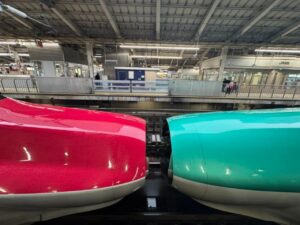It will come as a surprise to no one that the internet is filled to the rafters with billions of photos. Not just selfies, mind you, but a healthy dose of scenic shots, panoramic views and things you wouldn’t want your parents to see.
In a classic case of ‘anything Microsoft can do, Google can do better’, the race is on to create the perfect time-lapse program and things are heating up. Last week saw Microsoft release their Hyperlapse project, causing Google to roll out their ‘time-lapse mining’ software. So how does this mining thing work then? Here’s Gizmodo:
First, we cluster 86 million photos into landmarks and popular viewpoints. Then, we sort the photos bydate and warp each photo onto a common viewpoint. Finally, we stabilize (sic) the appearance of the sequence to compensate for lighting effects and minimize (sic) flicker.
Our resulting time-lapses show diverse changes in the world’s most popular sites, like glaciers shrinking,skyscrapers being constructed, and waterfalls changing course.
As someone who is forced to use Google images daily (tread with caution, sometimes even the simplest terms can have unforeseen results) I can imagine this will excite many people.
The source coding is due to be released soon which will open the software up to the public domain. Simple is good, Google. We applaud your efforts.
Below you can see just how well the mining process works at present.
[source:gizmodo]





